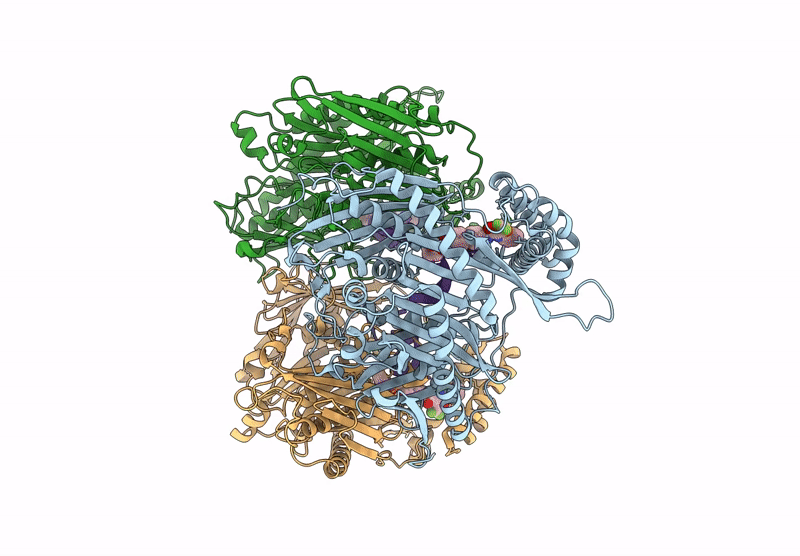
Deposition Date
2024-08-29
Release Date
2025-06-25
Last Version Date
2025-07-09
Entry Detail
Biological Source:
Source Organism:
Mycobacterium tuberculosis (Taxon ID: 1773)
Host Organism:
Method Details:
Experimental Method:
Resolution:
1.98 Å
Aggregation State:
PARTICLE
Reconstruction Method:
SINGLE PARTICLE


